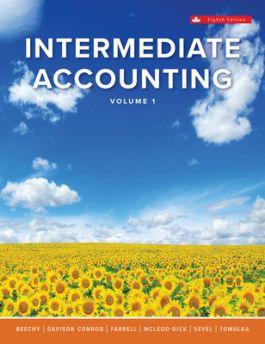Question 3 (Total: 12 points) You are given the following information about a risk free asset and the Mean Variance Efficient Portfolio (MVEP): R; = 5%, E[RMVEP) = 15% and o(RMVEP) = 15% Answer the following questions. (Note: they can both be answered independently of each other) (a) (6 points) A friend of yours is investing all her wealth on what she believes to be a "great" portfolio. This portfolio, call it OMEGA, has the following characteristics: E(ROMEGA) = 10% and o(ROMEGA) = 10% Convince your friend that this portfolio is actually not that "great" because it is not efficient. In particular, show her that she can do better than this portfolio by proposing to her an efficient portfolio (call it Pl) that has the same standard deviation of portfolio OMEGA but higher expected return. You must show clearly why this portfolio is better i.e. find the expected return of portfolio P1 and compare it with the expected return of the OMEGA portfolio) and how you would create it (i.e. find the proportion that you should invest in each security to create this new portfolio P1) In order to generate the same standard deviation of OMEGA, what should be the weight invested in MVEP, X MVEP ? (Round to 3 decimal places) Given the weight, what is the expected return (in percentage, round to 2 decimal places)) of your portfolio P1? Now, lets find the optimal portfolio that your friend should actually be investing in. Suppose your friend has preferences defined by the standard utility function: U = E(RI) x A x One in which E(R) and on are, respectively, the expected return and the variance of the returns of security : and A is the investors coefficient of risk aversion. Your friends' risk aversion is A = 5. Find your friends optimal portfolio (call it P2). For the answer to be complete, you need to report the proportion that you should invest in each security to create this optimal portfolio P2, and also the expected return and standard deviation of the returns of this optimal portfolio P2. You know that is 5. Calculate the fraction that your friend should invest in the risky security in the optimal portfolio X MVEP (You can use the equation in the formula sheet posted here and just write down whatever you get and round it to 3 decimal places. Do not add % at the end of your answer) What is the expected return (in percentage, round to 2 decimal places)) of the optimal portfolio? What is the standard deviation (in percentage, round to 2 decimal places)) of the optimal portfolio













